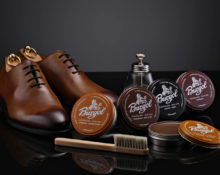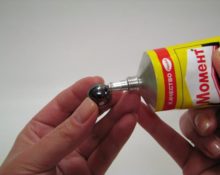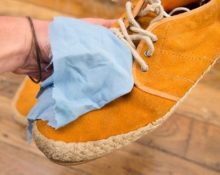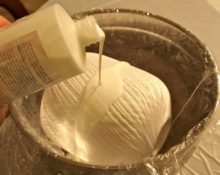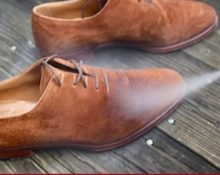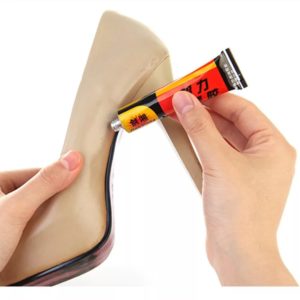 One of the main elements of the wardrobe is shoes. Very often it plays a key role in a person’s image and appearance, because you can tell a lot by your shoes. Therefore, it is very important to always take care of it and keep it in good condition. Despite the quality of the purchased shoes, damage often occurs, leading to the appearance of external defects. The most common causes are cuts, tears, and abrasions from prolonged wear.
One of the main elements of the wardrobe is shoes. Very often it plays a key role in a person’s image and appearance, because you can tell a lot by your shoes. Therefore, it is very important to always take care of it and keep it in good condition. Despite the quality of the purchased shoes, damage often occurs, leading to the appearance of external defects. The most common causes are cuts, tears, and abrasions from prolonged wear.
To eliminate defects, you can seek help from a shoemaker’s workshop or purchase a new pair. Of course, this method will help solve the problem, but its cost is often very high. Therefore, it is necessary to look for other options for eliminating damage. Fortunately, it was invented glue, which helps eliminate almost any spring defect and connect the edges of the product.
This method will help troubleshoot problems and save the family budget. We will talk about the selection criteria and popular types of glue in our article.
Types of shoe glue
Nowadays, on the shelves of specialized stores you can find a huge assortment of different products. This allows you to choose the best option from those presented, but at the same time, the search may take too much time. Glue was no exception either. Lately you can find several varieties of composition, differing in quality and reliability of fastening, company, manufacturer.

Compound
An important distinguishing feature by which glues are distinguished is their basic composition. In production, manufacturers use two main compositions.
Polyurethane
It is distinguished by its reliability and good fixation. The material can be used with a polyurethane type of product without damaging it.
This material is also has good tightness. This allows cracks in the sole to be treated to prevent moisture from entering.
IMPORTANT! You should use it carefully and avoid contact with fire, as the composition is highly flammable.
Neoprene
This composition more economical, while ensuring reliable adhesion of surfaces. Shoemakers use it for gluing any parts.
There are other varieties that differ in composition and amount of impurities. We have presented only the main ones, which are used by professional shoemakers in workshops, as well as in everyday life at home.
IMPORTANT! When purchasing, you should pay attention to the composition and presence of impurities. The higher the percentage of additives, the worse the quality will be.
Professionals use special materials without impurities, which are stored in jars
Top 7 best adhesives for shoes
As mentioned above, there are now various options, among which it is difficult to choose the right and truly good glue for the job.If you have free time and your financial situation allows you to evaluate different foundations, you can check their quality and choose the best one.
However, thanks to the advent of the Internet, this task will be much easier to cope with. To make a quick choice, you should look at the rating of the best options in terms of quality and the most popular according to user reviews.
Contact
The cheapest version of the Russian manufacturer for shoe repair. At the same time, the quality is not inferior to expensive analogues.
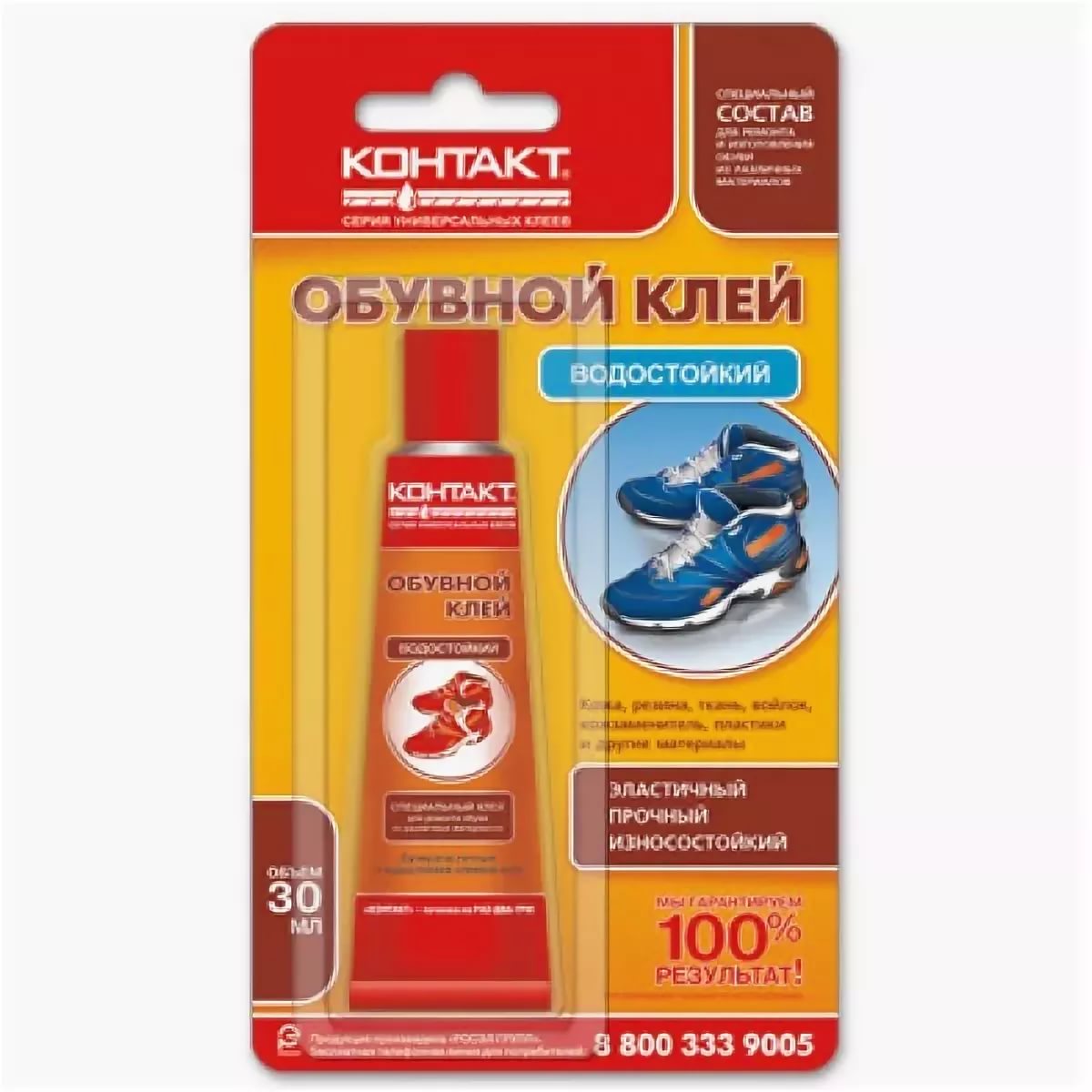
EVA
Just secures any surface, is inexpensive. However, it leaves good flexible seams.

Second
It is a good shoe glue for a low cost. The main advantage is lack of smell and color.

Moment Marathon
The manufacturers of this company specially came up with composition intended for various types of shoes.
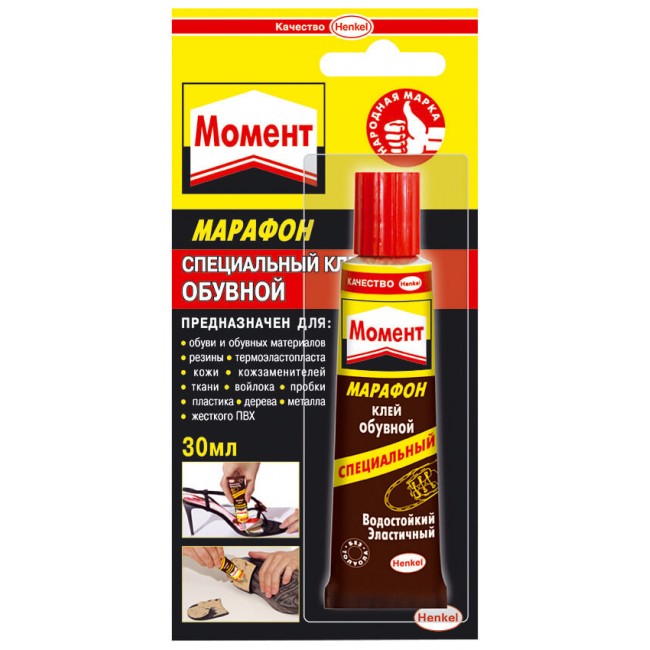
DoneDeal
A universal adhesive that can be used for gluing almost any surface.
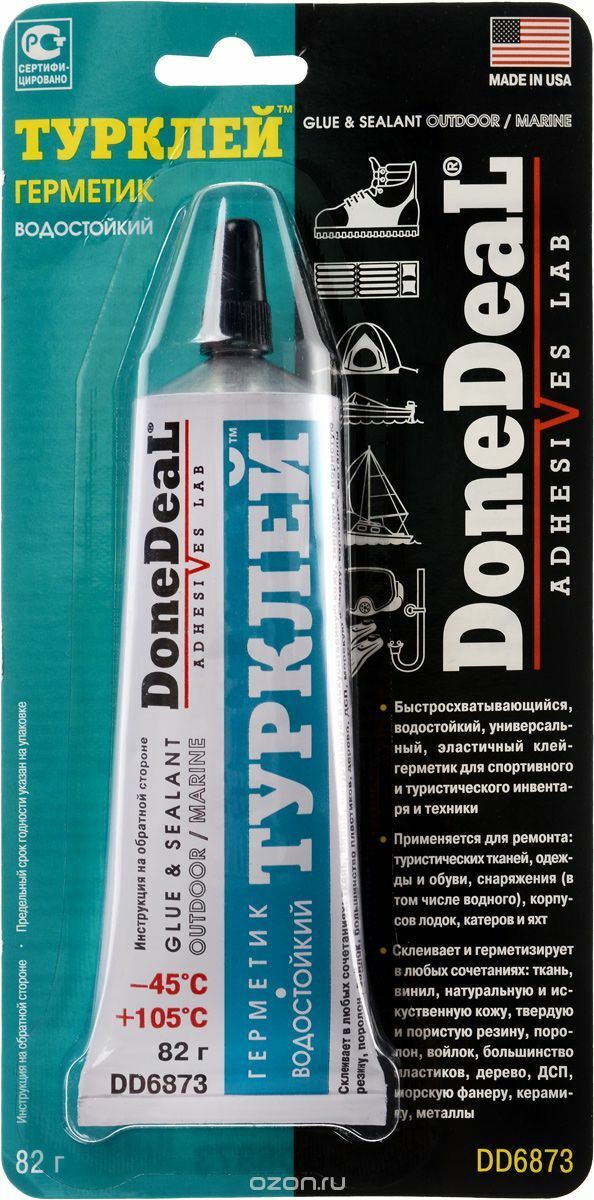
UHU SCHUH & LEDER
It has also become popular among professional shoemakers and for use at home.
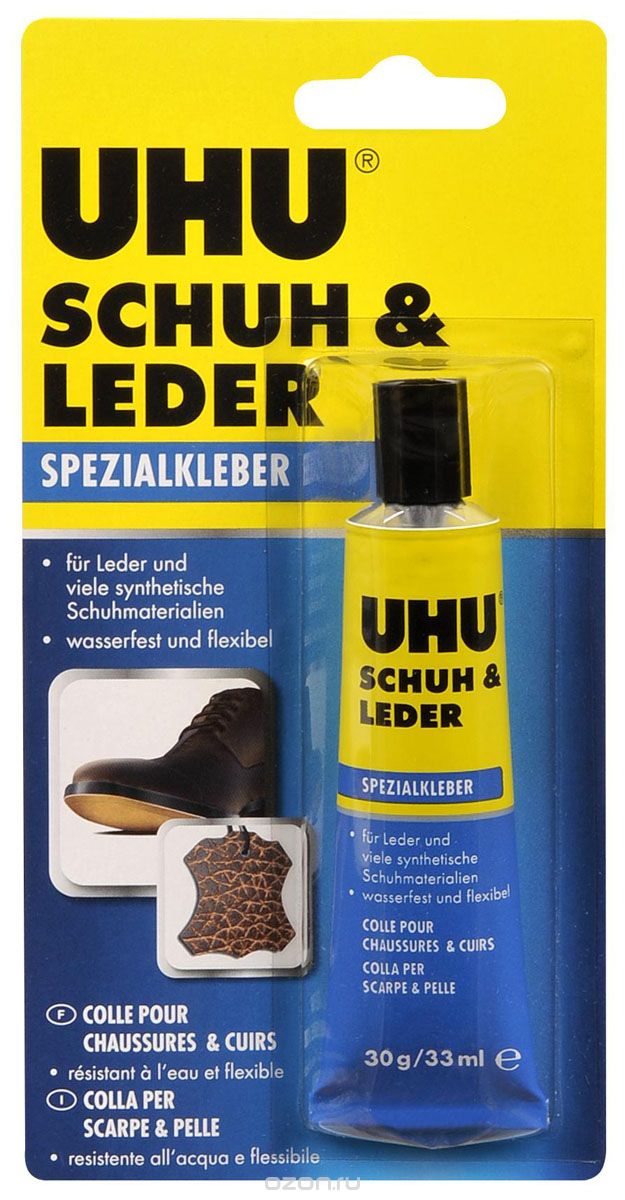
Kenda Farben Sar 30E
Composition from Italian manufacturers famous for its quality and reliability of fastening.
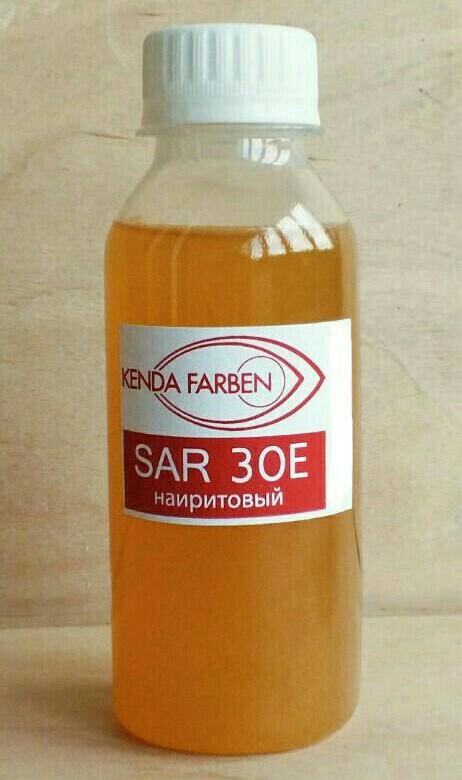
Choose one of the presented types for reliable fixation and fastening of shoe elements. All options have excellent properties, are firmly held together and do not require additional conditions for further wearing.. You can choose glue in different price categories from economical to expensive composition.
Criteria for choosing shoe glue
Among the brands and versions presented above, you can choose the appropriate option.However, if you don’t know how to choose the right glue for shoes, you need to turn to additional sources of information on this topic or consult with specialists. For convenience, we suggest using a list of basic selection criteria. With their help, you can navigate through a wide variety of options and find one that you can use to repair products for the whole family.
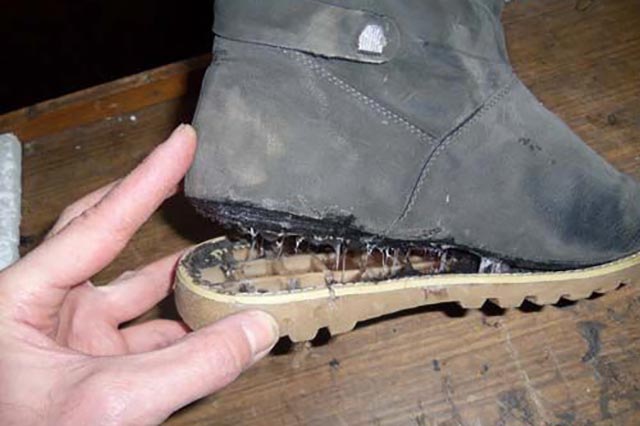
- Quality composition used for the production of glue.
- Amount of added impurities in the material used. Read the information about the composition carefully; its main characteristics depend on this.
- Type of base materialwhich is used to create: polyurethane, polyvinyl chloride, synthetic rubber.
- Environmental resistance: water resistance, frost resistance, wear resistance.
- The important point is method of fastening and residual seam after gluing. To maintain a beautiful appearance and shape, it is necessary to use colorless compounds.
- It is also worth considering type of workfor which glue will be used. Depending on the quality and model of shoes, different compositions must be used.
- The glue must not leave any defects on the product and must also be safe to use.
These indicators play a key role when choosing glue. It is worth carefully comparing the various characteristics and choosing the option that suits your shoes. It is also worth considering personal preferences and financial capabilities. If you have used adhesives before, you can use them as a guide when choosing and purchasing.
IMPORTANT! When carrying out gluing work, especially in large volumes, it is worth ensuring sufficient ventilation, since the glue has an adverse effect on the human body.
Prepare your work area in advance, clear out space and cover items with a rag or paper to prevent them from sticking together when exposed to material.


 0
0